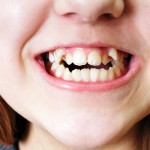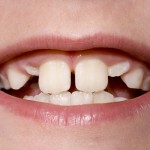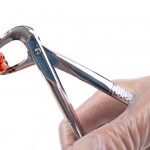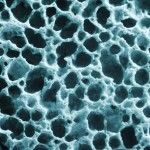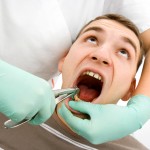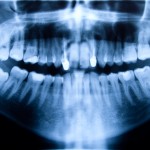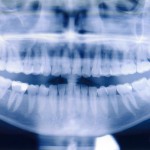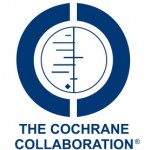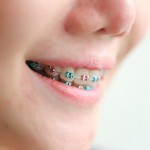
This review looked at the impact of premolar extraction on soft tissue profile in class II division 1 malocclusions. 13 studies were included the majority being retrospective. There is some evidence to suggest an increase in the nasolabial angle but the quality is limited.
[read the full story...]
